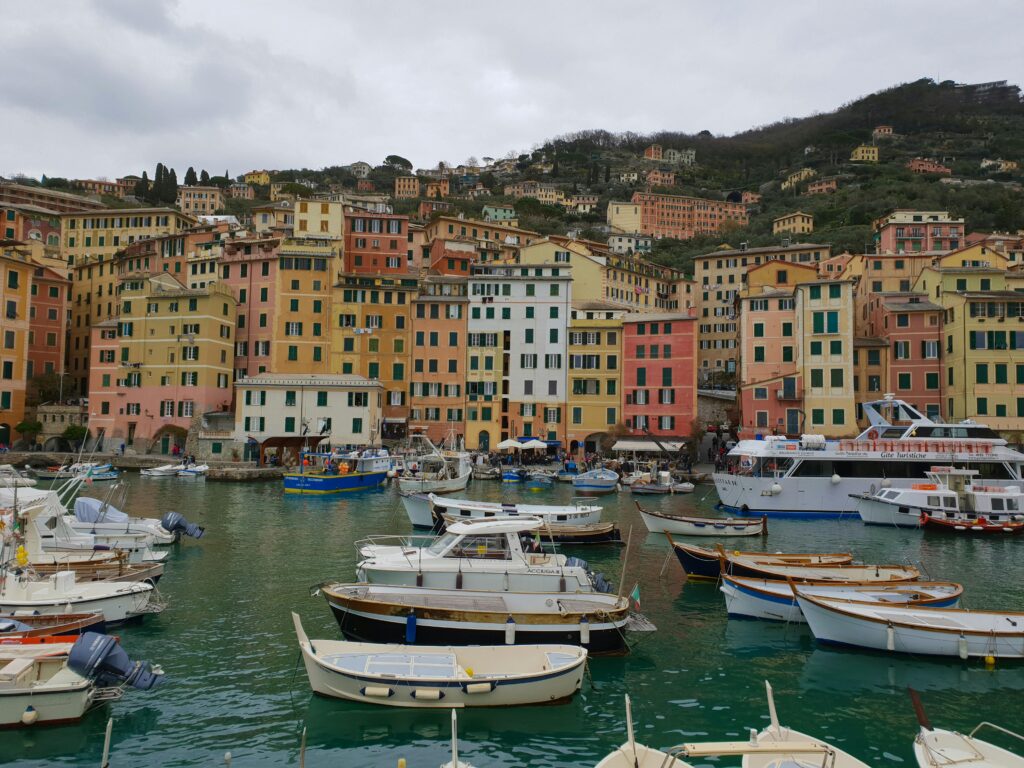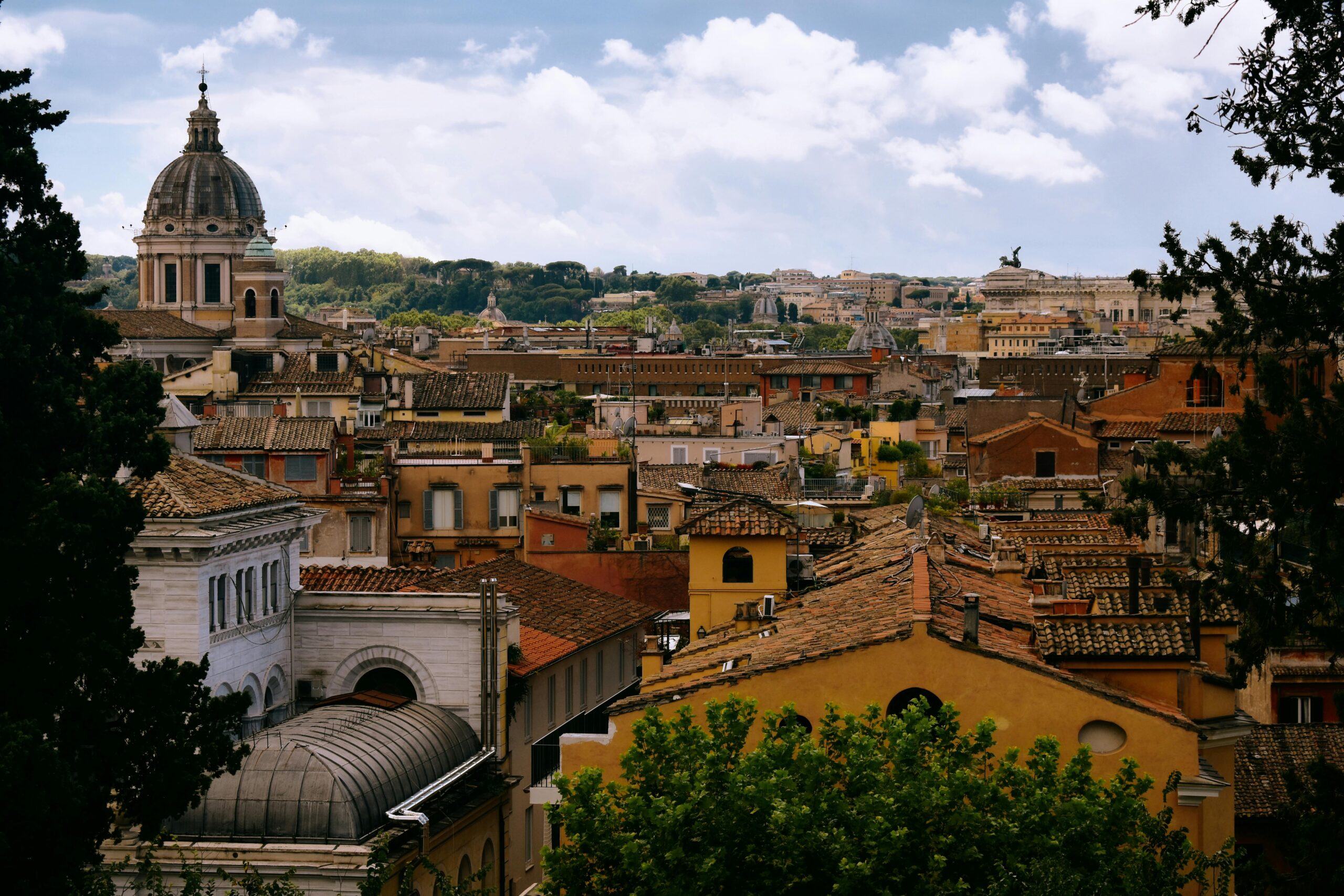As cities like Venice, Florence, and Rome groan under the weight of overtourism, Italy’s often-overlooked southern regions are seizing the moment. From the rugged coasts of Calabria to the ancient towns of Basilicata and the culinary richness of Puglia, local governments and businesses are turning tourist overflow into a revitalization plan—offering a quieter, richer, and more sustainable travel experience.

The Overtourism Problem in the North
Northern and central Italy have long been the country’s primary tourism magnets, but mass tourism is now creating unintended consequences:
- Venice has introduced entry fees and crowd control measures for day-trippers.
- Florence is cracking down on Airbnb-style short-term rentals to protect residential life.
- Rome continues to face infrastructure strain, especially during peak seasons.
The result? Travelers are starting to look elsewhere—and southern Italy is stepping into the spotlight.
Southern Italy’s Strategic Tourism Push
Regions such as Campania, Basilicata, Calabria, Apulia (Puglia), and Molise are promoting themselves not only as alternatives but as destinations in their own right, with rich heritage, stunning coastlines, and culinary traditions that rival any in the north.
Key initiatives include:
- Government Investment: EU and Italian funds are being directed to improve rail links, airports, and digital infrastructure in rural and southern areas.
- Marketing Campaigns: Targeted campaigns in the U.S., Germany, and the U.K. promote lesser-known towns like Matera, Lecce, and Tropea.
- Sustainability Focus: Smaller towns emphasize slow travel, agro-tourism, and eco-conscious hospitality as selling points.

Local Impact and Economic Hope
Many southern communities, long plagued by youth emigration, economic stagnation, and depopulation, see tourism as a lifeline:
- Job Creation: New demand is spurring employment in hospitality, food production, and local crafts.
- Urban Renewal: Vacant homes in historic centers are being renovated for boutique stays or artist residencies.
- Cultural Preservation: Festivals, dialects, and culinary traditions are being revived for and by visitors.
In towns like Matera, once considered one of Europe’s poorest cities, the tourism boom following its 2019 “European Capital of Culture” designation has become a blueprint for regeneration.
Frequently Asked Questions
Q: Why is southern Italy gaining interest now?
A: Overcrowding in northern cities and better infrastructure in the south are making alternative destinations more attractive.
Q: Is southern Italy safe and tourist-friendly?
A: Yes, while some areas are less developed, many southern towns are extremely welcoming, with growing tourist services and improved connectivity.
Q: What are the top southern destinations to explore?
A: Matera, Lecce, Tropea, Alberobello, Maratea, and the Gargano Peninsula are among the standouts.
Q: How is the government supporting this shift?
A: Through infrastructure investments, promotional support, EU development grants, and sustainability funding.
Q: What’s the long-term vision?
A: A more balanced national tourism model that distributes visitors and benefits across the entire country—not just the northern hotspots.
As global tourism trends shift toward deeper, slower, and more meaningful experiences, Italy’s south is no longer just the “undiscovered” part of the country—it’s becoming the smart traveler’s first choice.

Sources Reuters


